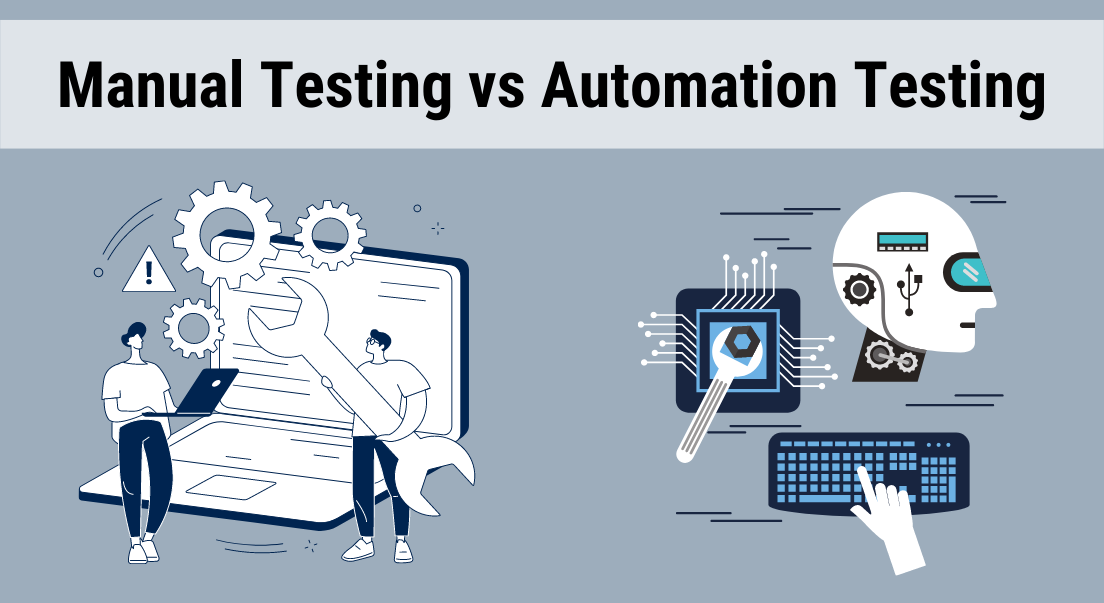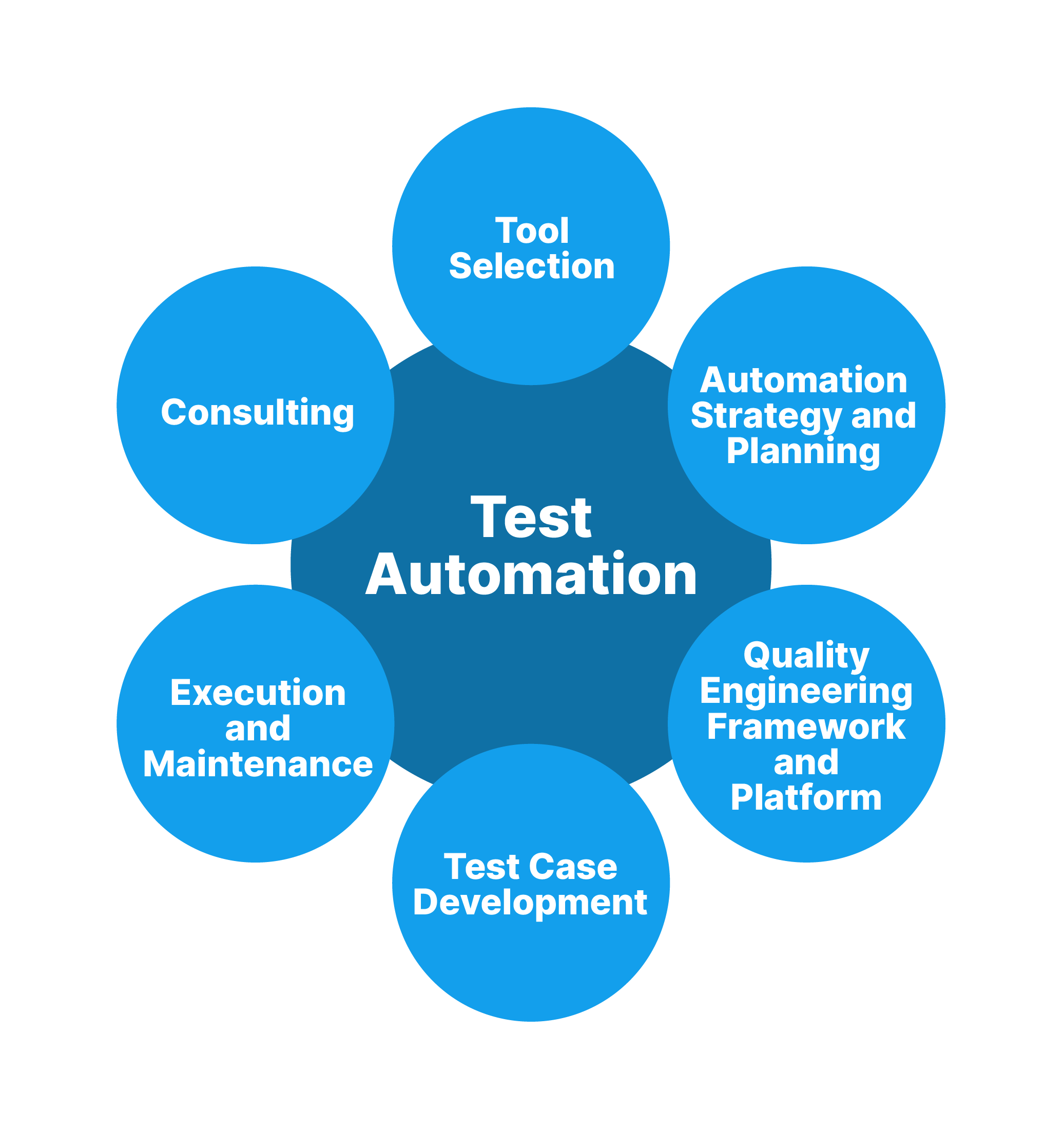From Manual to Automated Testing: A Comprehensive Overview to Transitioning Smoothly and Efficiently
In the world of software testing, the change from guidebook to automated processes has actually ended up being an increasingly essential change for organizations looking for to boost performance and precision in their testing techniques. The journey from handbook to automated testing is not without its obstacles, but when come close to strategically and with a clear plan in mind, the advantages can be substantial.
Benefits of Automated Evaluating
Automated testing uses various advantages, improving performance and precision in software program advancement processes. One primary advantage is the substantial reduction in screening time. Automated tests can be run all at once on multiple gadgets and running systems, substantially speeding up the screening phase contrasted to hands-on testing. This increased effectiveness enables faster feedback on the top quality of the software application, allowing designers to identify and resolve concerns without delay.
Additionally, automated testing guarantees a higher level of precision in discovering defects. Consistency in screening is likewise improved, as automated examinations carry out the exact same actions exactly each time they are run.
Choosing the Right Tools

To start with, analyze your objectives and requirements. Understand the scope of your task, the modern technologies involved, and the ability of your group. This analysis will certainly help you figure out the attributes and capacities you call for in your testing tools.
Second of all, consider the compatibility of the devices with your existing procedures and systems. Smooth assimilation with your existing software program growth lifecycle is important to ensure a smooth transition to automation.
In addition, assess the scalability and flexibility of the devices. As your testing needs evolve, the devices ought to be able to adapt and accommodate modifications effectively.
Finally, factor in the support and area around the devices. Robust support and an active user neighborhood can supply useful sources and aid when executing automated screening. By carefully taking into consideration these elements, you can select the right devices that straighten with your requirements and established the stage for a successful change to automated testing.
Writing Efficient Examination Scripts

When crafting test manuscripts, it is necessary to think about the details requirements of the software application being examined and guarantee that the manuscripts attend to all critical functionalities. Detailed and clear naming conventions for test scripts and examination cases can boost readability and maintainability. In addition, integrating error handling devices within the test scripts can aid in determining and attending to problems promptly.
In addition, organizing examination scripts right into modular parts can boost reusability and scalability, decreasing redundancy and enhancing efficiency in examination script upkeep. Normal testimonials and updates to examine manuscripts are essential to keep pace with progressing software needs and capabilities. By following these concepts, testers can produce reliable and durable examination manuscripts that contribute dramatically to the success of automated screening procedures.
Integrating Automation Into Workflows
Efficient assimilation of automation tools right into existing process boosts and simplifies procedures productivity within software growth cycles. When incorporating automation into operations, it is important to recognize recurring tasks that can be automated to save time and minimize human error. By effortlessly integrating automated testing tools like Selenium or Appium into the software program advancement lifecycle, teams can accomplish faster responses on code adjustments, leading to quicker bug detection and resolution. This assimilation enables for constant testing throughout the development procedure, ensuring that any issues are recognized early on, causing greater software program high quality. Additionally, automation can be utilized to activate tests automatically after each code devote, offering prompt recognition and liberating testers to concentrate on even more complex scenarios. Proper integration of automation tools needs cooperation in between advancement, screening, and operations teams to develop a unified workflow that enhances effectiveness and effectiveness in providing top notch software.
Making Sure a Smooth Shift
Efficiently transitioning to automated testing involves meticulous preparation and careful implementation to optimize and minimize interruptions performance in the software application growth procedure - automation testing. To guarantee a smooth shift, it is necessary to begin by conducting a comprehensive evaluation of the present screening processes and identifying locations where automation can bring the most significant advantages. Involving with all stakeholders early at the same time, including developers, testers, and job managers, is vital for garnering support and buy-in for the automation effort
Communication is essential during this shift stage. Clear interaction of the objectives, advantages, and assumptions of automated testing helps to handle any kind of resistance or problems that might occur. Furthermore, offering ample training and resources for staff member to upskill in automation devices and methods pop over here is crucial for guaranteeing a successful change.

Final Thought
Finally, transitioning from guidebook to automated screening provides various benefits, consisting of boosted efficiency and integrity. By selecting the ideal devices, writing efficient test scripts, and integrating automation seamlessly into operations, organizations can make certain a effective and smooth shift. It is vital to accept automation as a beneficial asset in software application testing procedures to boost overall high quality and performance.
In the realm of informative post software program testing, the shift from guidebook to automated procedures has actually become a progressively vital transition for companies seeking to improve effectiveness and accuracy in their testing practices. Automated tests can be run simultaneously on several gadgets and operating systems, drastically speeding up the testing phase compared to hands-on screening. Uniformity in testing is likewise improved, as automated tests carry out the very same actions exactly each time they are run.To guarantee the successful application of chosen testing devices, the creation of reliable test manuscripts plays a critical function in validating the functionality and efficiency of automated procedures - automation testing. By adhering to these principles, testers can produce reliable and robust test scripts that add dramatically to the success of automated testing Full Report procedures